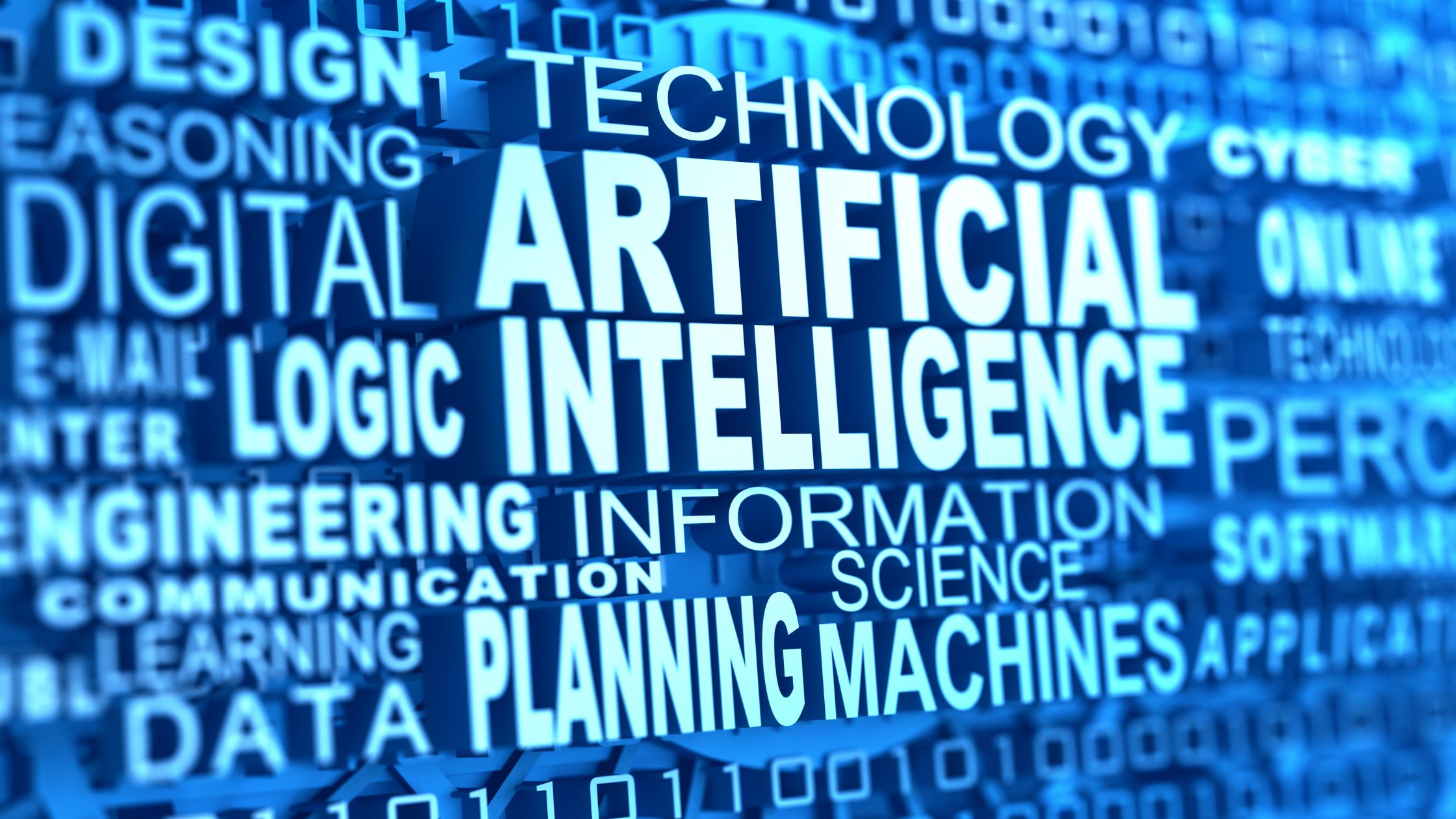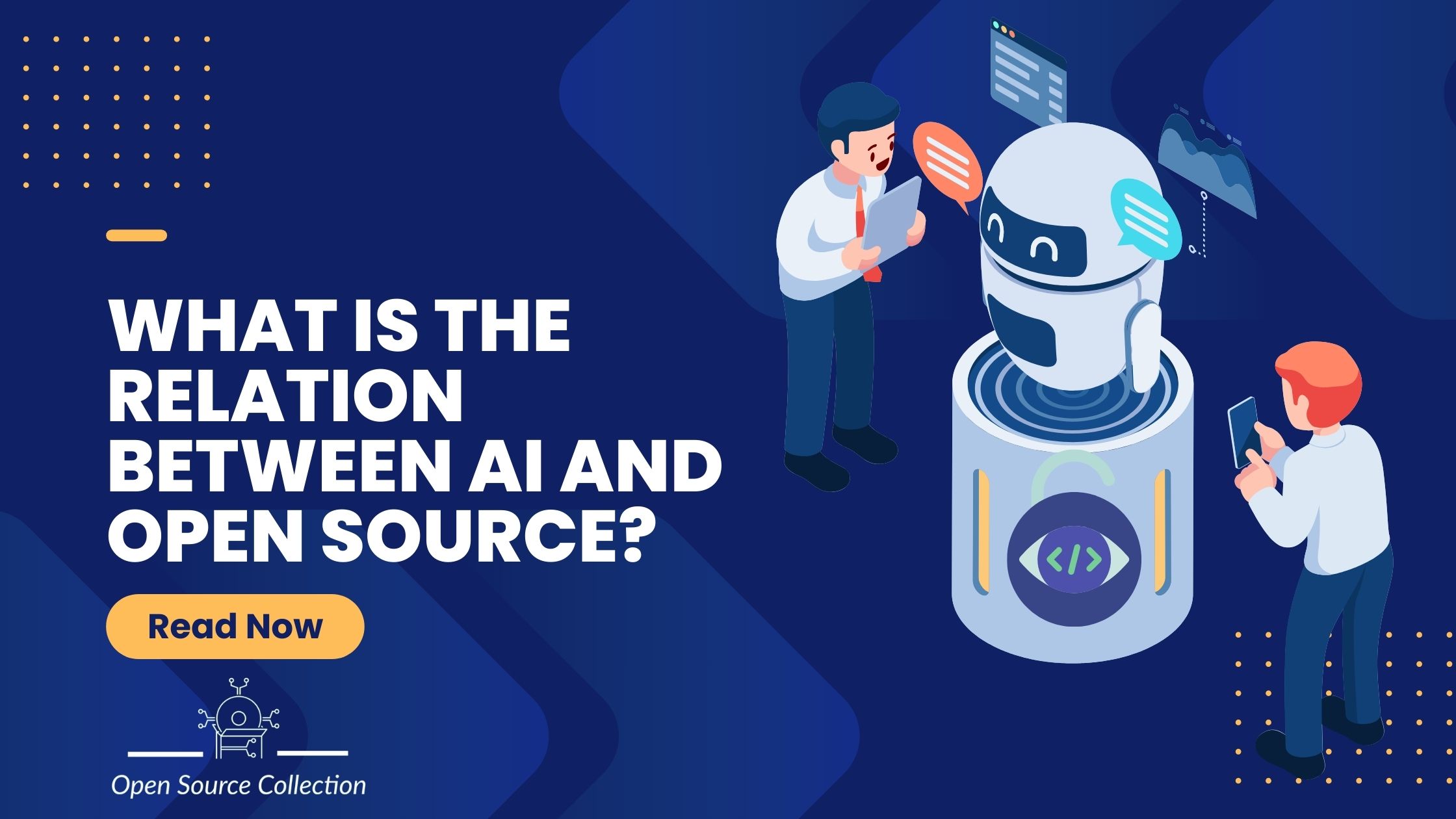Diving into the world of new technologies, two terms are widely mentioned and heard: “open source” and “OpenAI” are on the list of popular buzzwords that people use in connection with the processes of creating software and using artificial intelligence. Even though they might have a common root, they are rather two different concepts that have different purposes, ideas, and methods.
Recognizing the relationship between the two concepts of open source and OpenAI is important since it can help grasp their contributions to technology as well as understand their distinctions in terms of how they work toward innovation, cooperation, and ethical concerns. With this background information in mind, the following sections will discuss in greater detail, What is the relationship between AI and Open Source, how these two organizations function, and their influences within the realm of technology.
What Is AI?

AI is an organization dedicated to the development of the new technology known as artificial intelligence (AI). Established with the ultimate goal of making sure that AGI will prove to be useful to every individual, OpenAI aims at carrying out the necessary AI research and developing some of the all-around models and tools for use among various industries and individuals.
OpenAI has also worked on its open-source projects and research it has only given access to some of them under its ownership while keeping some of its state-of-the-art technologies proprietary thus combining both accessibility and the potential responsibility as well as practical consequences of deploying highly intelligent AI systems. AI is still considered an emerging field bearing in mind that research is still ongoing to achieve superior intelligence, effectiveness, and flexibility in systems. AI refers to the branch of computer science that is concerned with the simulation of human intelligence in machines to solve complex problems.
What Is Open Source?
The Open Source is the concept of software development and licensing where information is disclosed, shared, and made as public as possible. It includes the ability of a global network of developers to participate in the creation and improvement of software and share it with others to solve common problems. Open source is part of the core of many of the popular and prevalent projects across the globe including the operating systems and the programming languages.
Open source is a model of software where one can avail of the original code of the software for free to the public. Anyone can view, copy, edit, or share the code through programs like Github and Sourceforge. Some of the legal instruments that govern open source include GNU General Public License (GPL), MIT License, and Apache License among others; the above licenses help make software free for use, open, and receptive to enhancements by various users. Read our article to learn more about 7 software license types.
The Relation Between AI And Open Source
The relation between AI and open source is quite complex and mutually beneficial as they have evolved together, enhancing each other. This section seeks to understand several aspects of this relationship.
1. Collaboration and Innovation
Community Contributions:
-
Open Development: The projects that apply AI in the open-source domain, get the support of developers, researchers, and enthusiasts from different parts of the world. It is important to facilitate innovation and create an environment in which people can actively work together.
Also read: What's a good open-source project on OSC for beginners to contribute to?
-
Crowdsourcing Expertise: The culmination of mixed skills within the field of study ensures the formation of better and more enhanced AI systems and paradigms.
Rapid Iteration:
-
Frequent Updates: It is also open–source where the development phase is often characterized by high volatility whereby improvements are made more frequently.
-
Agile Development: It is also feasible to fix problems or improve specific aspects, taking advantage of the community’s response and suggestions.
2. Accessibility and Democratization
Lowering Barriers:
-
Free Access: There is no monetary cost for those who seek to develop their own AI, as many have already developed open-source programs and databases.
-
Inclusivity: It allows small startups, individual developers, or researchers mostly found in academic institutions to harness functional and rich AI technologies.
Educational Resources:
-
Documentation and Tutorials: As has been noted, open-source projects contain clear documentation and tutorials for learning the given subject. You can easily find free projects with source code and documentation pdf at OSC(open source collection).
-
Learning Opportunities: Supports the cultivation of knowledge, and many people use it to further their education as well as experiment in the field of AI to cultivate the next generation of its practitioners.
3. Transparency and Trust
Transparent Code:
-
Inspectability: It is also easy to assess, change, and comprehend to make the whole procedure clear to the users.
-
Accountability: Ensures that the technical development of AI is transparent and transparent in order to ensure responsible AI.
Ethical AI:
-
Community Oversight: Unfortunately, open-source software is developed freely which means that the community can actively regulate ethical practices in artificial intelligence development.
-
Bias Detection: Enables the chances of bias in Artificial intelligence models to be spotted and dealt with by a competent individual.
4. Interoperability and Standardization
Common Standards:
-
Compatibility: This means that most open-source projects are carried out in such a way that they develop protocols that facilitate interactions between various AI systems and tools.
-
Integration: Helps in incorporating AI techniques into various applications and systems.
Reusable Components:
-
Modularity: Promotes the use of components that may be subassembled into greater systems to allow for easy creation of similar systems.
-
Efficiency: Saves combined human time by offering the developers an opportunity to work and build on the existing solutions.
5. Commercial and Non-commercial Synergy
Hybrid Models:
-
Foundation for Proprietary Solutions: Open-source AI is incorporated as the base for many solutions that companies create on their own and offer more advanced features and services.
-
Business Models: There are several flavors of open sources and it is common for commercial firms to provide commercial support; consulting; and/or customized development on open-source projects.
Ecosystem Growth:
-
Market Expansion: People should contribute to open-source projects because, due to their contributions, the market of supplementary products and services expands, enhancing the results yielded by the growth of the ecosystem.
-
Community Engagement: It is important to note that through its operations companies are involved with the community, in a way that helps them gain information and also build goodwill.
6. Popular Open-Source Artificial Intelligence Projects:
TensorFlow:
-
Facebook AI Research created Caffe as an open-source platform to build deep neural networks for different applications.
-
Used in research and also in the production of various related items and devices that can facilitate the construction and training of neural networks.
PyTorch:
-
PyTorch is a state-of-the-art deep learning framework which is developed by Facebook’s artificial intelligence research laboratory and is especially regarded for its user-friendly and flexible nature, especially in a research environment.
-
It is well-used for academia and initially used for graph-based experimentation, thus can have dynamic computation graphs.
Hugging Face's Transformers:
-
It is also an open-source library used in natural language processing tasks, which has vast advanced models and tools available.
-
Is well known because of its simplified framework and pre-built models.
Wrap Up
AI and Open Source are the core connectors to what current and future technology is or will be. A true open-source approach to AI has a greater ethic in which more people have access to it and can contribute to it. It introduces early adoption of up-to-date technologies for a wide range of users, creates an environment that encourages users to contribute to the improvement of solutions, and receives the positive effect of the diverse input from users regarding the development of AI systems. These mutually beneficial relations have also helped to determine the further development of AI, enhancing its stability, popularity, and relevance in terms of essential social requirements.
FAQs
Despite currently being in its somewhat early stage, open-source AI aims at the future where at will and participation avails itself to anyone. That could lead to quicker development, increase openness, and enable people to have more control over the technologies that could rapidly transform numerous fields.
Open source essentially means that a software system’s source code is open to the public, and can be modified by anyone interested in doing so. OpenAI, however, is a particular organization that focuses on the progress of artificial intelligence or AI more specifically on the development of artificial general intelligence or AGI that will work for humanity’s advantage.
The decision to open-source AI code is complex and cannot be provided solely, based on concerns such as the nature of the AI application, ethical issues, business goals, and compliance with the law. However, open-sourcing the code of AI has its benefits, which include increased transparency, improved collaboration, and the enhancement of ethical practices in the development of AI.
Yes, OpenAI cannot be accurately categorized as a fully free and open-source platform and tool available for anyone to use and develop. OpenAI has made some tools, datasets, and even research papers available to the public but for most state-of-art AI technology which includes models like GPT (Generative Pre-trained Transformer), it has the commercial option.

